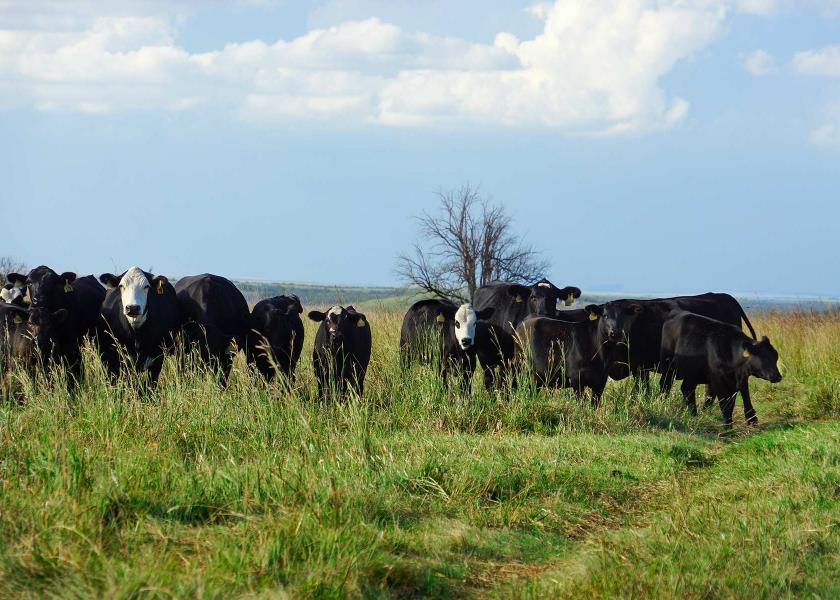Nalivka: Cattlemen, Be Careful What You Wish For!

Opinions expressed in the following column are those of John Nalivka, president, Sterling Marketing, Inc., Vale Oregon.
Cattlemen - be careful what you wish for! That was my response to the administration’s July 9th Executive Order on Promoting Competition in the American Economy. As someone who is very suspicious of legislative and regulatory activity that interferes with markets under the guise of improving them, I characterized the order as “the camel getting his nose under the tent.” Writing legislation and regulations is easy – containing them is not. And, therein lies the problem. Before long the entire camel is “in the tent.”
Six days later, Sen. Cory Booker reintroduced his Farm System Reform Act which amongst other measures, the proposed legislation lists maximum sizes for livestock and poultry operations. By the way, Booker is a vegan. The “camel is in the tent.” Did any cattlemen ask for Booker’s 1,000 head limit on the size of feedlots? I would guess that the vast majority of cattlemen had the same response as me – how’s that going to work? With a follow-up statement – he obviously doesn’t understand the industry.
The Executive Order was applauded by cattle industry groups as a path or THE path to fair and competitive markets. Beyond my suspicion of government tampering with markets, there are a couple of other important issues with the legislation and the first is that economies of scale are a significant driver to structure. Consolidation across all of U.S. agriculture is not a ploy to control the market. Consolidation is driven by economies of scale or increasing the scale of the operation which reduces long run average fixed costs. It is true with packing plants, feedlots, and cow-calf operations.
Yes – in many respects, size and scale of operation can give an advantage in the market. And, yes, those advantages can have the potential of creating non-competitive market activity. This is why the Packers and Stockyards Act was passed in 1921. But, going further and asking politicians to interfere with and or constrain an industry that efficiently and sustainably produces the most secure and affordable food supply in the world because packers are perceived as the roadblock to free markets is not the answer. I see the end result as a multitude of regulatory measures to redesign the industry toward some preconceived notion of “fairness.” Free markets will become legislation driven by bureaucratic mandates and cattlemen won’t like it any more than packers.
Finally, in written comments to a USDA Solicitation for Bids to address the topic of Packer Concentration in January 1992, Sterling Marketing, Inc. wrote, “on the surface, one would assume that it would be a fairly straight-forward task to isolate the various components, track their respective margins and contribution to value, and in short order, determine if any one sector or sectors have been placed at a distinct economic disadvantage because of non-competitive activities by the other components. These actions could then be scrutinized to determine if they, under ‘normal’ market conditions constitute unfair practice. Unfortunately, the study may not be afforded the luxury of drawing a definitive conclusion because of the myriad of other factors at work as well as the vast number of interested parties.”







